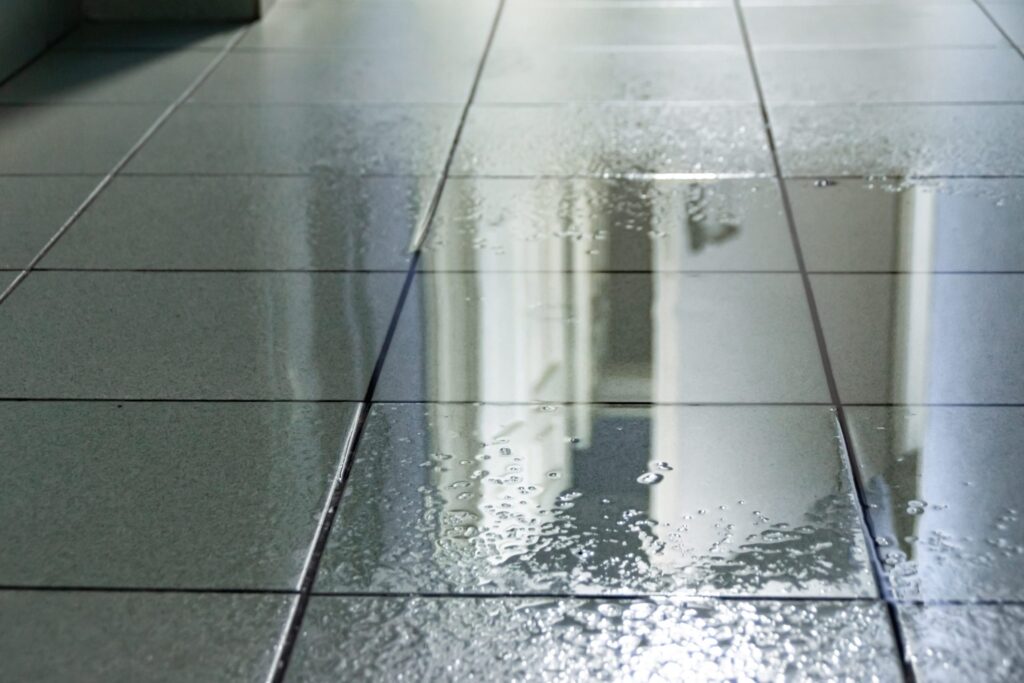Revolutionizing renovations in the realm of tile removal and flooring has become a focal point in the construction industry, driven by innovative technologies and techniques aimed at streamlining processes and enhancing efficiency. Traditional methods of tile removal often involve labor-intensive processes that can be time-consuming and costly, leading to disruptions in project timelines and increased expenses. However, with the advent of new tools and methodologies, such as robotic tile removal systems and advanced flooring materials, the landscape of renovation projects is undergoing a significant transformation. One of the most notable innovations in tile removal is the introduction of robotic systems specifically designed to efficiently and effectively remove tiles from various surfaces. These robots are equipped with advanced sensors and precision tools that allow them to navigate complex environments and extract tiles with minimal damage to underlying substrates. By automating the tile removal process, these robots not only reduce the reliance on manual labor but also significantly decrease the time required to complete renovation projects. This results in faster turnaround times for contractors and allows for more accurate project scheduling.

In addition to robotic Utah Tile Removal systems, advancements in flooring materials have also played a crucial role in revolutionizing renovations. Traditional flooring materials, such as ceramic tiles and hardwood, often require extensive preparation and installation processes, which can be both time-consuming and expensive. However, new materials like luxury vinyl tile LVT and engineered hardwood offer innovative solutions that combine the durability and aesthetic appeal of traditional materials with the ease of installation and maintenance. LVT, for example, comes in a wide range of styles and designs, mimicking the look of natural materials like wood and stone, while offering superior resistance to moisture and wear. Furthermore, the development of innovative installation techniques has further streamlined the process of laying new flooring. Click-lock systems, for instance, allow planks or tiles to be easily snapped together without the need for adhesives or specialized tools, reducing installation time and labor costs. Additionally, advancements in adhesive technology have led to the development of fast-curing and eco-friendly adhesives that provide strong bonds without the need for extended curing times or harmful chemicals.
The integration of digital tools and software solutions has also played a significant role in optimizing renovation projects. Computer-aided design CAD software allows contractors to create precise floor plans and visualize the layout of flooring materials before installation, helping to identify potential issues and streamline the installation process. Furthermore, project management software enables contractors to track progress, manage resources, and communicate effectively with clients and subcontractors, ensuring that projects are completed on time and within budget. Overall, the innovations in tile removal and flooring are revolutionizing the renovation industry by offering faster, more efficient, and cost-effective solutions. From robotic tile removal systems to advanced flooring materials and digital tools, contractors now have access to a wide range of technologies and techniques that enable them to tackle renovation projects with greater speed, precision, and ease. As these innovations continue to evolve, the future of renovations looks brighter than ever, promising even more efficient and sustainable solutions for transforming spaces.